Some Bizarre Food and Its Nutritional Value


Written and verified by the nutritionist Saúl Sánchez Arias
We are going to tell you about some bizarre food and its nutritional value. Although they’re by no means things we would even think of consuming, they could actually be included in the diet and cover deficiencies. Of course, most of them can only be found in very specific countries. Is your stomach ready for them?!
In the first place, we all know how beneficial it is to follow a varied and balanced diet. This ensures that your nutritional requirements are covered on a daily basis, which is essential for the body’s physiology to develop properly.
The following bizarre food items are considered to be healthy for the most part. Having said that, most of us would certainly not be willing to try them…you’ll find out why!!
1. Bizarre food: Crunchy tarantula!
This is characteristic of the Cambodian area. It has a taste that’s a mix between chicken and cod.
It stands out for its high-quality protein content. Its proteins have all the essential amino acids and a good score in terms of digestibility. This will help reduce the risk of developing pathologies that affect lean mass.
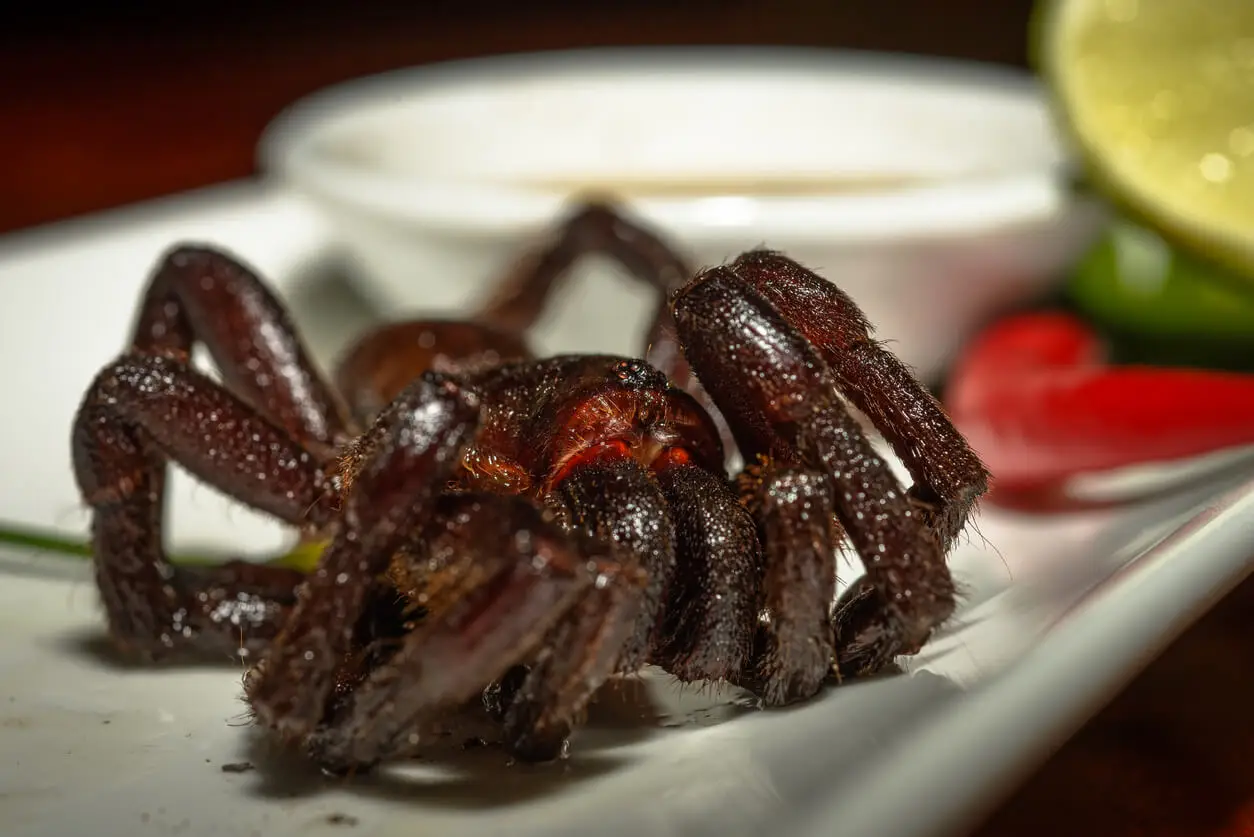
2. Whale fat and skin
This is consumed in Greenland and preserved by freezing. It has an oily and rubbery touch and is a source of vitamins C and D.
The latter is very important, as its deficiency has been shown to be related to poorer health. Both the blubber and the skin of the boreal whale are consumed raw, although in some regions it’s common to first submit them to a frying process.
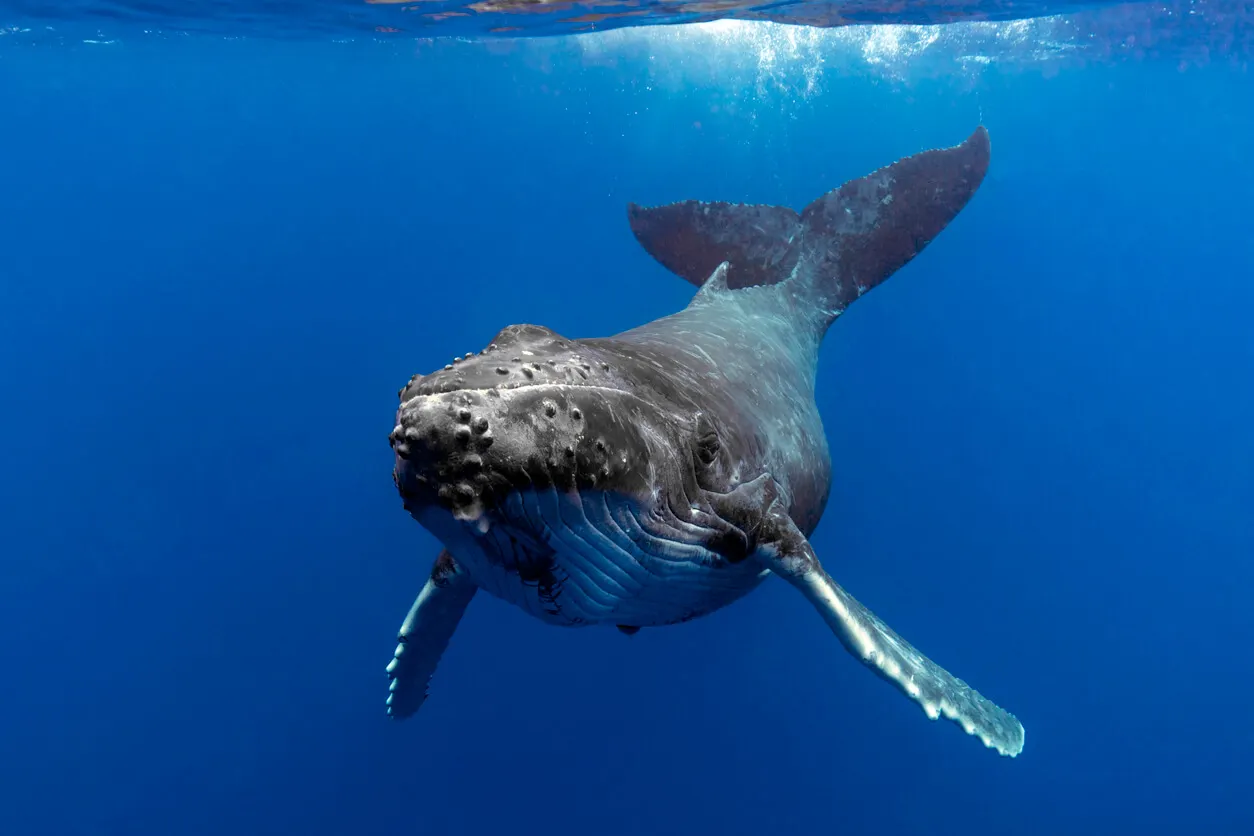
3. Cheese with worms
The island of Sardinia serves a type of cheese with a strong flavor, like gorgonzola, but with the particularity that it has worms that can jump up to 15 centimeters (6 inches). This is because this product is made with sheep’s milk that harbors the larvae of the cheese fly. These larvae hatch before consumption.
Even so, it’s still a product of high nutritional density. It has quality protein and vitamin A.
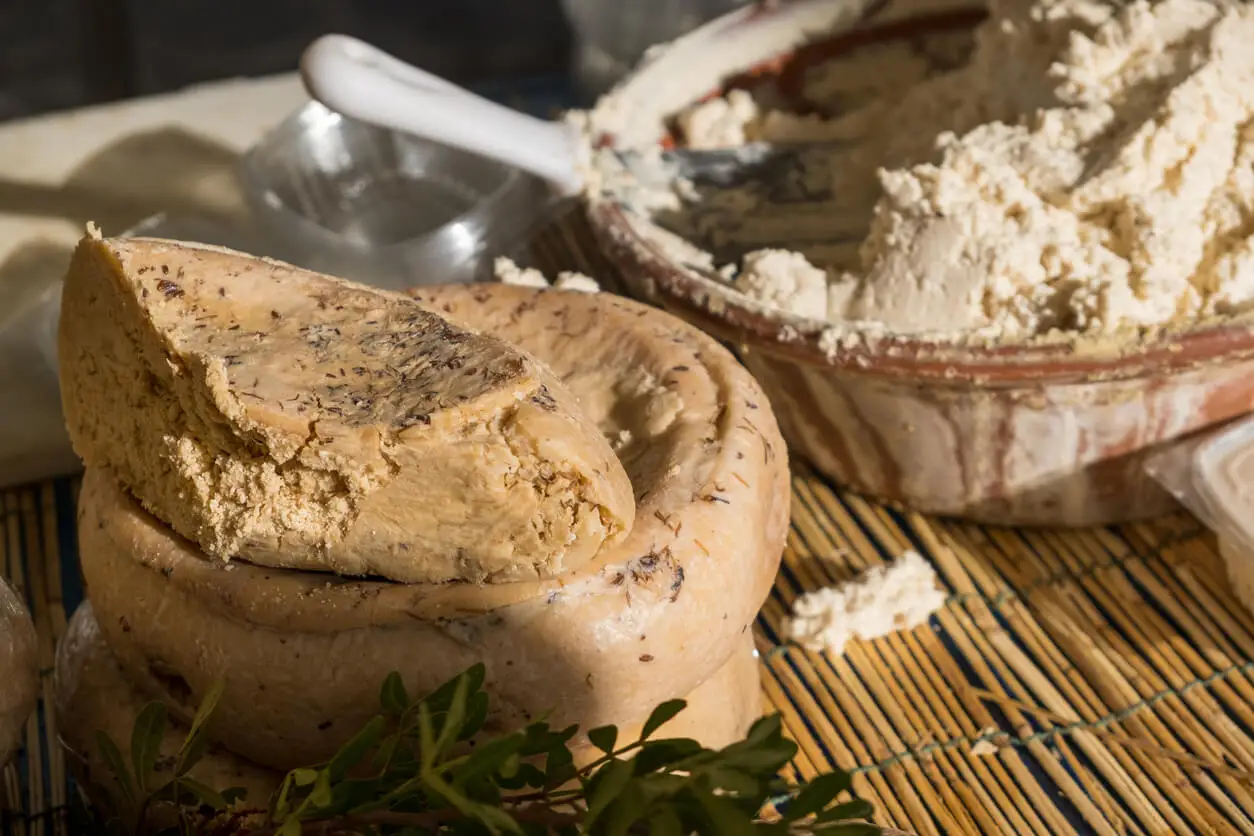
4. Pufferfish
Pufferfish is highly prized in the Japanese area. The problem is that it harbors a poison inside for which we still have no antidote. Therefore, it can be considered very dangerous to consume, as it has to be prepared by a specialist in the field.
If you get its lean and edible part, you’ll also achieve a high protein and omega-3 intake.
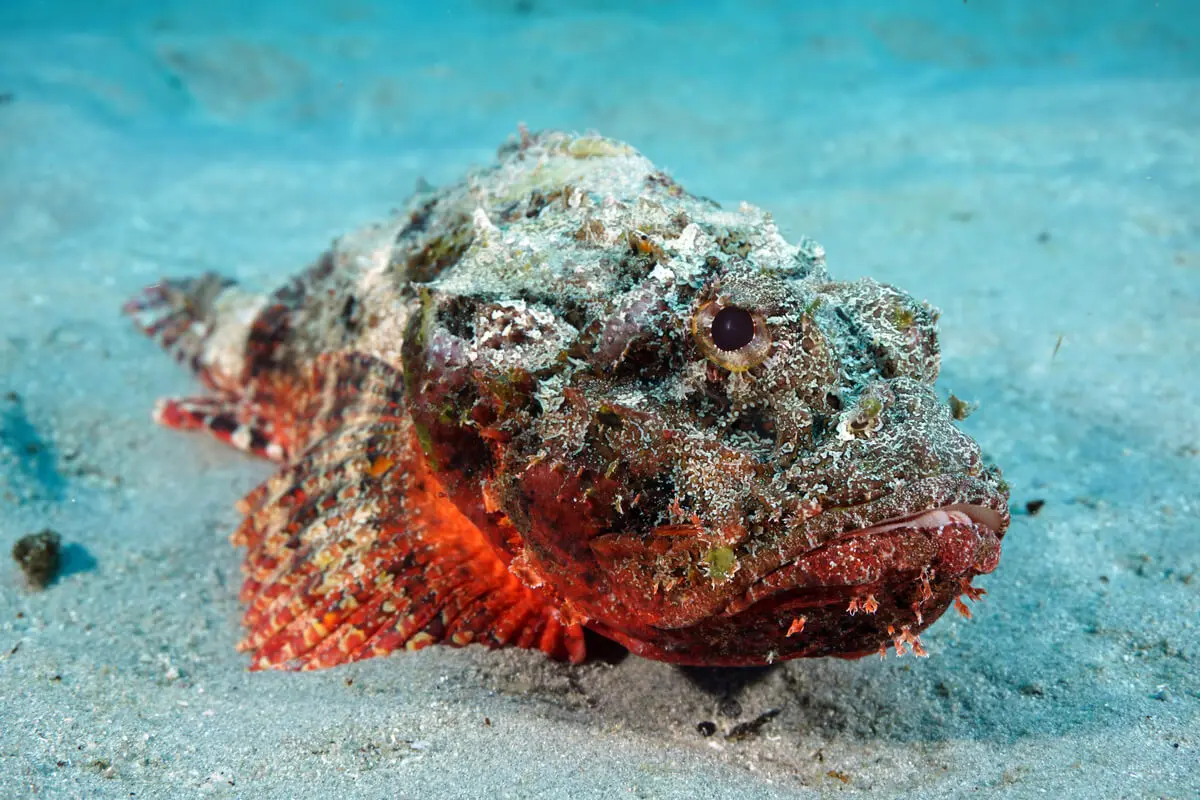
5. Live octopus
In South Korea, octopus isn’t cooked before consumption, but served in a dish with seeds and sesame oil. It’s still a risky food, as the tentacles could stick to the palate.
However, if you manage to eat it without any problems, you’ll be providing protein and iodine to your body. The latter mineral is related to the proper functioning of the thyroid gland, as stated in a study published in the Annals of Agricultural and Environmental Medicine.
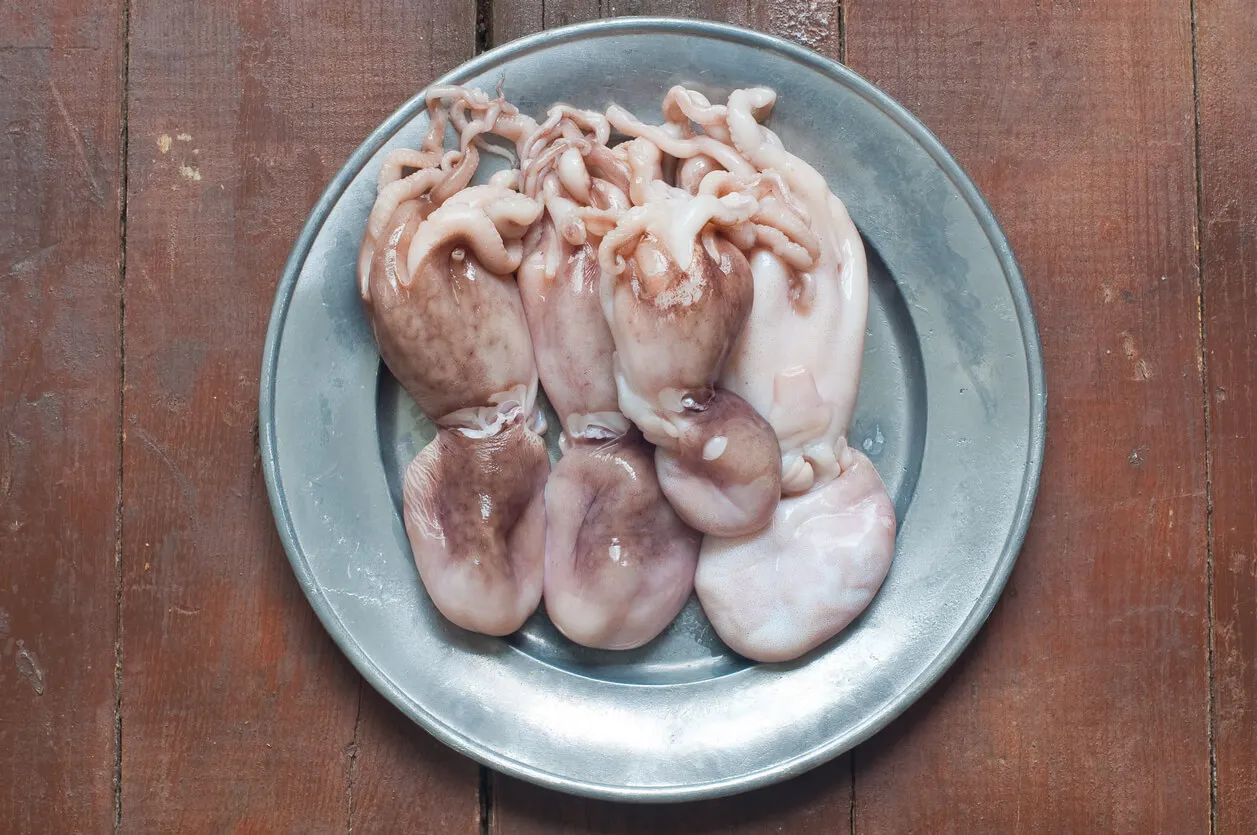
6. Mouse wine
We couldn’t just talk about food; we had to include a strange drink in the list too
Mouse wine is consumed in China as a tonic for liver and skin problems. It’s also used as a remedy for asthma. It’s a type of wine in which a family of mice has been drowned for a year. Its taste isn’t at all pleasant.

Are you up for trying any of our bizarre food?
Throughout the world, there’s plenty of bizarre food that may be considered positive from a nutritional point of view. Many of them have what is necessary to avoid deficits that can negatively affect our health, as is the case of vitamin D.
However, the inclusion of these foods in your diet certainly isn’t essential! And most of us won’t have access to them anyway. However, we hope you’ve enjoyed seeing how people in other countries get their nutrition from!
All cited sources were thoroughly reviewed by our team to ensure their quality, reliability, currency, and validity. The bibliography of this article was considered reliable and of academic or scientific accuracy.
- Prokopidis K, Cervo MM, Gandham A, Scott D. Impact of Protein Intake in Older Adults with Sarcopenia and Obesity: A Gut Microbiota Perspective. Nutrients. 2020;12(8):2285. Published 2020 Jul 30. doi:10.3390/nu12082285
- Holick MF. The vitamin D deficiency pandemic: Approaches for diagnosis, treatment and prevention. Rev Endocr Metab Disord. 2017;18(2):153-165. doi:10.1007/s11154-017-9424-1
- Ihnatowicz P, Drywień M, Wątor P, Wojsiat J. The importance of nutritional factors and dietary management of Hashimoto’s thyroiditis. Ann Agric Environ Med. 2020;27(2):184-193. doi:10.26444/aaem/112331
This text is provided for informational purposes only and does not replace consultation with a professional. If in doubt, consult your specialist.








